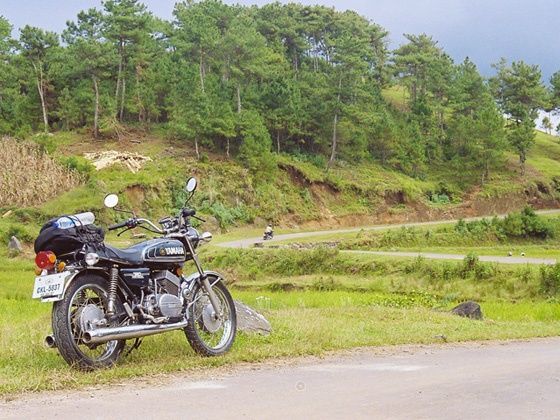
By Richa Gupta
Recalling her trip to Ziro, Richa Gupta tells you about
what makes the Apatani tribe and their lifestyle special and what you
can do in this remote valley in Arunachal Pradesh
You’re going to Ziro? Er...Is it a place? Where
exactly is it? These were some common questions I answered before
venturing...













